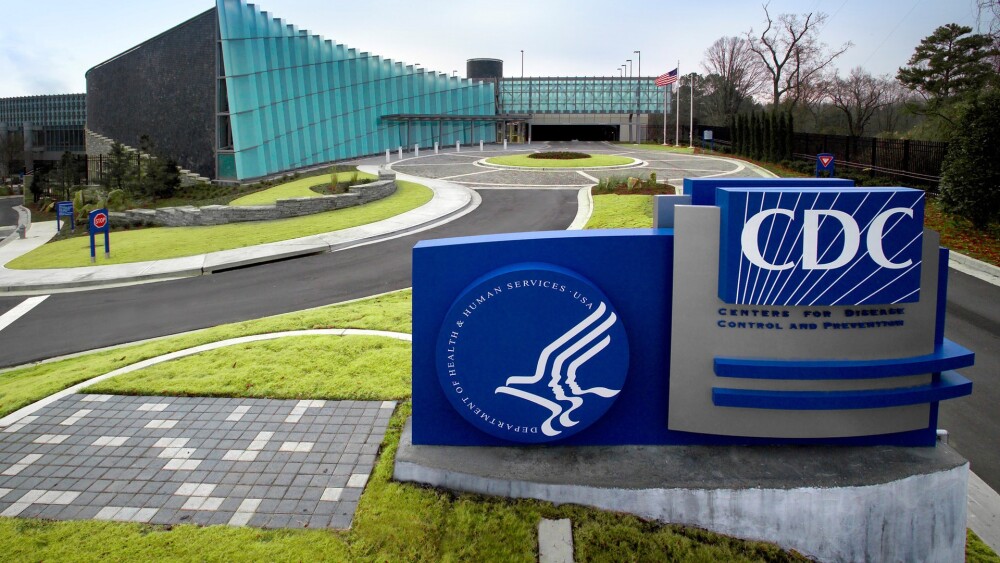As an office of the executive branch, the Department of Health and Human Services “does not have the authority” to implement sweeping changes to the structure of the agency as created by Congress, a judge wrote.
A federal court has determined that the sweeping layoffs at the Department of Health and Human Services are likely illegal and ordered the agency to stop implementing the cuts for the time being.
In a 58-page ruling issued Tuesday, Judge Melissa DuBose of the U.S. District Court for the District of Rhode Island granted the request of the plaintiffs, a consortium of 19 states plus the District of Columbia that in May sued HHS Secretary Robert F. Kennedy Jr., alongside other health leaders, over what they said was the “unconstitutional and illegal dismantling” of the agency.
The states, DuBose wrote, “have shown a likelihood of success on their claims,” noting that the respective attorneys general “have standing to bring these causes of action” against the HHS. The judge granted the plaintiffs’ motion for an injunction, enjoining the agency and all other defendants, including FDA Commissioner Marty Makary, from “taking any actions to implement or enforce the planned RIF [reduction in force] or sub-agency restructuring.”
Despite ruling in favor of the plaintiffs, the court explicitly did not address the constitutionality of the HHS reorganization “at this point.”
“The executive branch does not have the authority to order, organize, or implement wholesale changes to the structure and function of the agencies created by Congress,” DuBose wrote.
Since the start of the year, some 20,000 jobs at the HHS have been eliminated, according to the states’ lawsuit. This sum includes more than 5,000 probationary staff who were laid off in February, 10,000 jobs terminated by Kennedy’s restructuring of HHS and thousands of others who accepted a buyout from the government.
Last month, affected employees themselves filed a lawsuit over the layoffs, claiming that the decision to terminate them was based on information that was “hopelessly error-ridden.”
The employee exodus hit the FDA hardest, with the regulator losing some 3,500 workers. Since then, regulatory delays have cropped up with several companies reporting delays to drug approvals. Around 2,400 were cut from the CDC, while 1,200 were let go from the National Institutes of Health.
The government has since walked back hundreds of these layoffs. In February, the FDA rehired some 300 employees, including those working in departments in charge of reviewing medical devices. The regulator again brought back roughly 20 employees in May who were involved in making travel arrangements for inspectors and ten officers involved in user fee negotiations.
Beyond the FDA, other HHS units have also reinstated hundreds of dismissed staff. Last month, the CDC rehired 450 employees, including some who worked in HIV prevention, while the NIH took back 220 staff.






